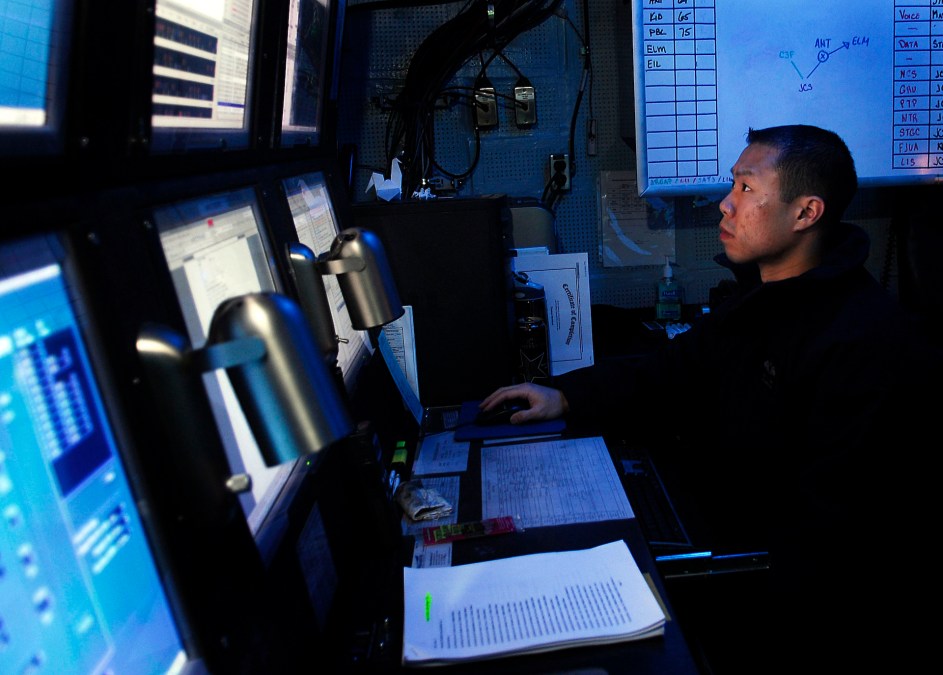DIU solicits industry for tactical compute kits that can operate in austere environments

The Silicon Valley-headquartered Defense Innovation Unit released a new solicitation in its search for computer hardware to support forward-deployed forces.
The request for proposals is for DIU’s FrontierNode project, which comes at a time when the Department of Defense is looking to boost its command, control, communications, computers and intelligence capabilities. The Pentagon is pursuing a Combined Joint All-Domain Command and Control (CJAD2) concept, which aims to better connect networks, data, platforms, sensors and shooters across the U.S. military and partner forces. That effort intends to help commanders make faster and more informed decisions.
“Established DoD capabilities can be improved through the rapid integration of commercial technologies that enable a data transport-agnostic, partner and joint-ready, next-generation coordinated battlespace visualization network. Specifically, the DoD seeks commercial solutions that can deliver operationally-ready, ruggedized hardware nodes with appropriate compute, storage, and network readiness to operate in distributed environments,” the solicitation states.
Notably, DIU is looking for tools that can be used for communications at multiple security levels, from unclassified up to Top Secret, with the ability to elevate or decrease device classification by way of removable storage, cryptographic keys, or other methods.
The Pentagon wants technologies that can connect directly to radios, antennas, sensors, or other data sources, and also synchronize data across hardware and the cloud with low latency.
The Defense Department is also concerned that adversaries could try to disrupt U.S. military communications in future conflicts. The DIU solicitation notes that the organization is on the hunt for hardware that enables network operations in a disconnected, denied, intermittent, or low bandwidth environment, including for command-and-control and enclaved operations under “degraded backhaul conditions.”
Minimum requirements for “tactical extension networking” systems include 256 vCPU; 2 terabytes of RAM to support a virtualization environment and apps; 120 terabytes of storage; network- and cloud-agnostic interfaces; and a form factor that meets the military’s needs for echelon 4 “forward-deployable scenarios” and can operate effectively in environments with limited power and cooling capability.
The hardware is also expected to be compatible with government-furnished software and allow for the quick insertion of new capabilities offered by other vendors.
Industry responses are due Feb. 26.




